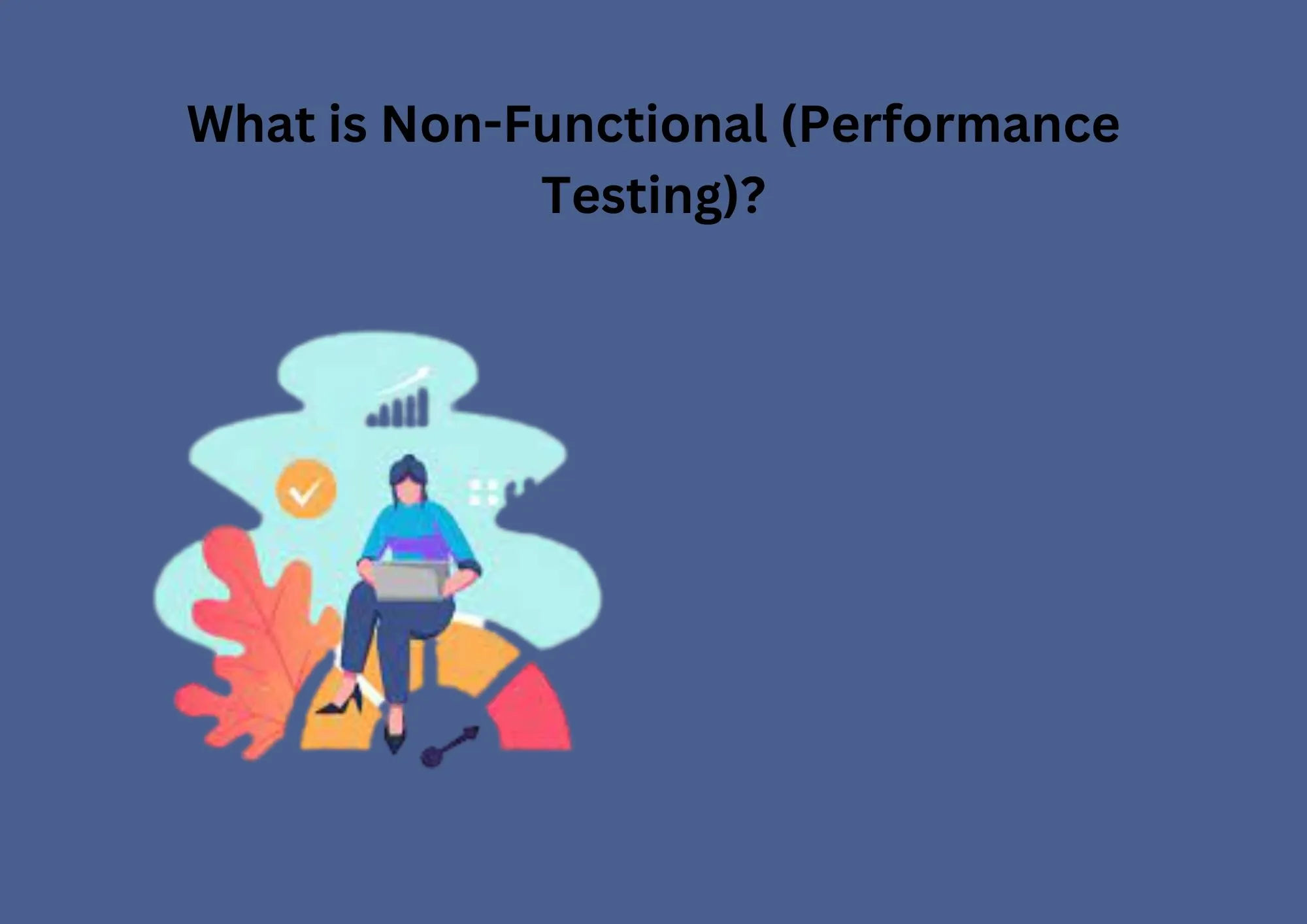Application programming interfaces are necessary for modern application development.The purpose of API testing is to assess the usability, dependability, performance, and security of the programming interfaces. In order to record the response when testing APIs, send calls using software tools rather than displaying conventional inputs and outputs.
APIs allow for the exchange of information and communication between two software systems. Testers carry out API testing. Through API testing, testers may evaluate end-to-end functionality. After the app is ready, the QA Team will perform the API Testing.
API Testing Strategies
Recognising the API’s capabilities from beginning to end.
Equivalence classes, boundary value analysis, error guessing, and the creation of API test cases are techniques that testers use to put testing into effect.
Implementing suitable API input parameters.
Putting the test cases into action and determining whether the output numbers are accurate.
API Testing Methods
In addition to the SDLC methodology, there are various ways to conduct API automation testing. It contains:
Documentation – Documentation is a component of the final deliverables, and it is the tester’s job to ensure that it is sufficient and provides enough information.
Discovery Testing – Testers manually run the set of calls listed in the document.
Automated testing – Write a series of scripts or employ tools to automatically run the API on a regular basis.
Security Testing – This testing looks at the kind of authentication needed and the encryption of the sensitive data.
Usability Testing – Usability testing confirms that the API is usable and working on other platforms as well.
How to Automate API Testing Effectively
Test automation is the automated execution of test cases to enhance software quality. To automate tests and save time, money, and effort, stakeholders must meet some requirements for the tests.
Testim
One of the most well-known tools for API automation testing is Testim. It offers incredible AI capabilities that enable the tool to execute, maintain, and create a variety of tests.
Key Elements
- For common testing tasks, API actions and validations can be created.
- Data from the API should be used to isolate the UI testing.
- We can perform every test suite execution and maintenance activity using a never-ending learning method
- Tests for the UI and API can both run simultaneously.
Postman
The most practical tool for both manual and automated testing procedures is a Chrome plugin. Workspace, collections, and built-in tools are the three main elements of API development.
The main functions of collection are to execute requests, test, debug, mock, document, monitor API, and provide test automation. Regardless of team size, the workspace components enable the team to execute all collaborative tasks like defining permissions, sharing collections, and managing participation in numerous workspaces. It provides services for both Windows and Mac OS.
Key Elements
- It makes it possible to test both exploratory and automated tests.
- Integrations with Swagger and RAML are both supported.
- All modern web APIs may be extracted using this excellent interface.It makes using rest services simpler.
ACCELQ
It is a platform for continuous cloud-based testing. By using this tool, API tests can be automated without using code. The team uses ACCELQ to carry out automatic testing by utilizing lifecycle components like design, planning, test generation, and execution testing. With automated test design, API Regression planning, 360 tracking, codeless automation, and comprehensive test management, it completely automates the testing process.
Key Elements
- API for cloud-based, code-free test automation.
- Enables concurrent API and UI testing.
- Planning for regression suites is possible through business processes.
- Control over a dynamic environment.
- Complete transparency when fusing defect tracking and execution tracking.
Platform Katalon
It is a robust all-in-one automation solution for desktop, mobile, and API testing. Deploying this is trivial across all platforms. The Katalon platform’s ability to combine UI and API/Web services for various environments sets it apart from other platforms.
Key Elements
- Enables integration of CI/CD.
- Ability to handle REST and SOAP requests.
- Supports both exploratory testing and automated testing.
- Pre-built and editable code templates are available.
- Enables a data-driven strategy.
For more Articles, Please visit : SoftwareTestingLeaders.com


